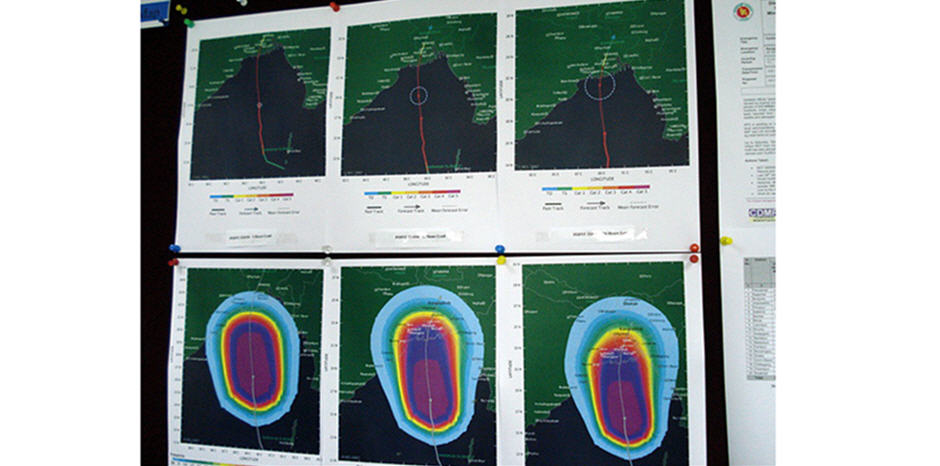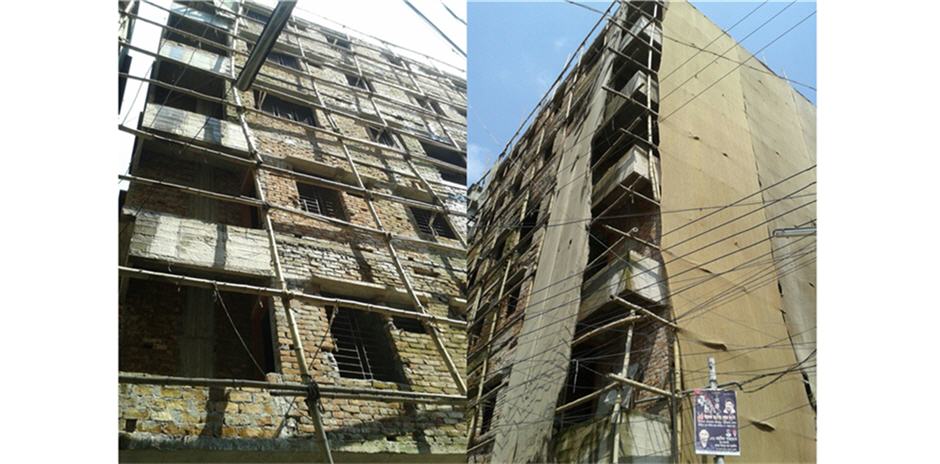Fire in Garments Factory of Bangladesh
Chittagong, Bangladesh
The garments industry of Bangladesh is the most important manufacture of this country. It earns around $5 billion every year and it’s about two third of all exports. Bangladesh is the second largest exporter of clothing after China. This country has about 2,500 garments factory and 10 million livelihoods depend on it directly or indirectly (Independent, 2012).
But Bangladesh has a very poor fire safety record. Even in many industries of this country have no emergency escapes and too poor safety measures. Since 2006, more than 5000 people died in factory fire according to Clean Clothes Campaign an anti sweatshop advocacy group in Amsterdam (Bajaj 1).
We have analyzed on the Tazreen Garment Factory's fire, which is the deadliest factory fire in the nation's history.
It occurred on 24th November 2012 and at least 117 people were confirmed dead in the fire and at least 200 were injured. Most of the garment industry fires are caused by unconsciousness of people and taking proper safety measures can lessen the risk of fire as well as the great loss of life and property.
The fire in Tazreen Fashion factory was initially presumed to be caused by an electrical short circuit or by a spark from cigarette. The ignorance of the workers as well as the authority was responsible for that fire.
According to our interviewee, “The thing that generally happens is that, the garment workers very often smoke inside the factory area. Fire from cigarette can cause fire. Again they make the misuse of electrical wire which may create short circuit problem and cause fire”.
So, the garments authority should make the workers aware of the causes of fire. Smoking inside the garment should be banned and this rule should be followed very strictly. They should ensure the protection against fire and smoke. Smoke detector and fire alarm must be installed in each floor. Electrical wiring of every factory must be properly designed, installed and maintained.
One of the major reasons behind the workers death was narrow exits and absence of any escape route or emergency exits. The factory had only three narrow staircases for the workers. Many workers could not able to escape through the narrow exits.
"So the workers could not come out when the fire engulfed the building" , said Major Mohammed Mahbub, the operations director for the fire department (Bajaj 2).
Our interviewee said, “Maximum garment factories where I visited did not have any emergency exits. In one garments industry I saw the authority has placed a sign board showing "Emergency Exit" on the window".
So, adequate exits and proper escape routes should be designed. Doors should be protected and should open along the direction of escape. These should not open on the steps and sufficient space in the landing should be provided.
One survivor, Mohammed Raju 22, said, "There was no power supply, it was dark and I lost my mother in dark" (Bajaj 2). So, escape routes should be lighted all the time, kept clear and be indicated by signs.
In Tazreen Fashions, the fire was started in the ground floor and it was being used as a storage facility which was unplanned. Due to the large amount of fabrics and yarn the fire quickly spread to the other floors. It took seventeen hours for the fire fighters to extinguish it. If there were any automated fire defence system it could be prevented. So the industries should be constructed with fire resisting materials.
After the incident, the investigators found that there were insufficient fire defence materials and most of them were unused as most of the workers were unable to use those materials.
Our interviewee told, “When I visited the garment factories, I saw very few fire extinguishers in some factories but the matter is that the workers of that factories did not know how to use those”. So, the authority should provide adequate number of fire extinguishers. The garment workers should be properly trained and regular fire drill should be held.
Again in Tazreen Fashions, there were no sufficient water sources inside or outside of the factory. There should be sufficient water sources. Prior relationship with local services should be established and emergency contact details of the nearest fire service station should be written in every floor of each industrial building.
With this incident we have come to know that short circuit and the unawareness of workers as well as the owners are the reasons behind the garments factory’s fire.
Our interviewee suggested some precautionary measures that a garments factory should follow. These are: all garments should have emergency fire exits which should be that much wide that at least two persons can move at a time, the garments workers need to be trained and there should be sufficient fire extinguishers in the garments, there should be an emergency medical team in every garments industry, emergency phone number of nearest fire brigade should be written in every floor. Finally she believes that smoking in the garment area should be banned.
So, we can say that, fire in the garments industry can be prevented by taking some necessary steps. It will save many people's life and better working condition will encourage many people to come in this glorious sector.




